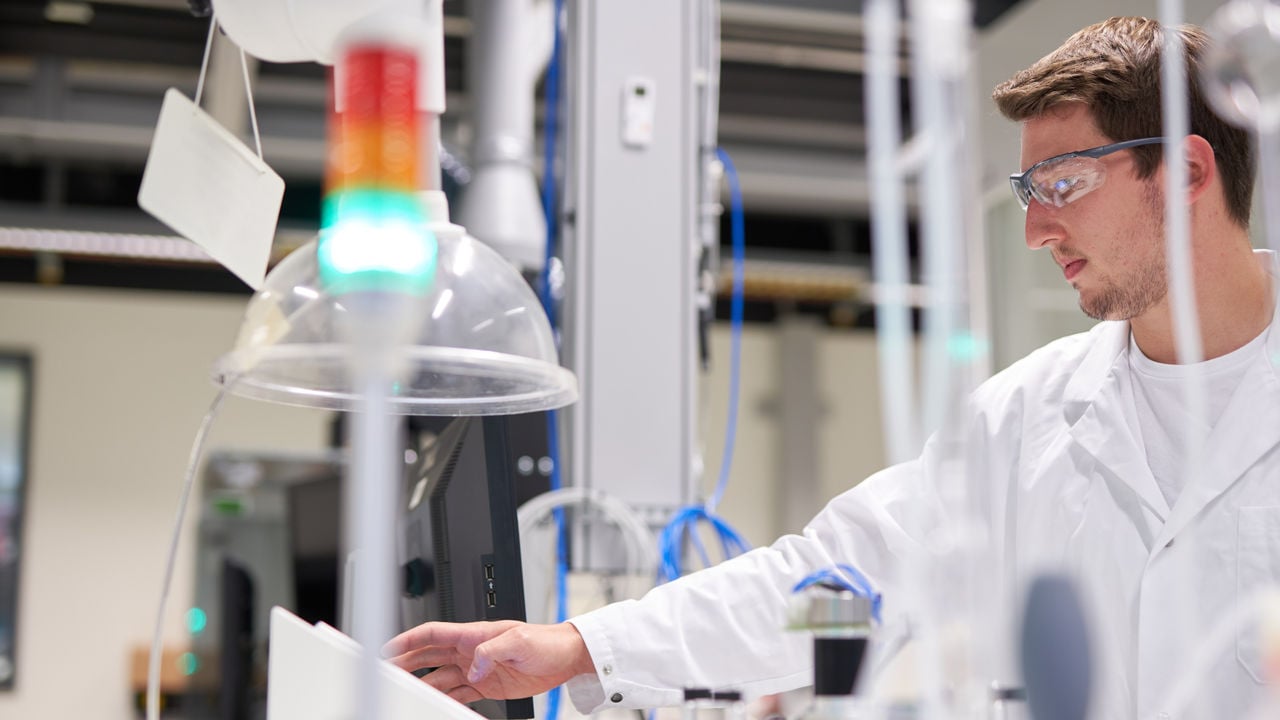Comparing the impact of cigarettes and smoke-free products on halitosis
The role of the oral microbiome in halitosis
In developing their framework for measuring the impact of HTPs on oral health, our researchers first compiled a review of the existing literature on the causes of halitosis in general. That review describes the role of bacteria in halitosis which develop in the oral cavity, known as intraoral halitosis.
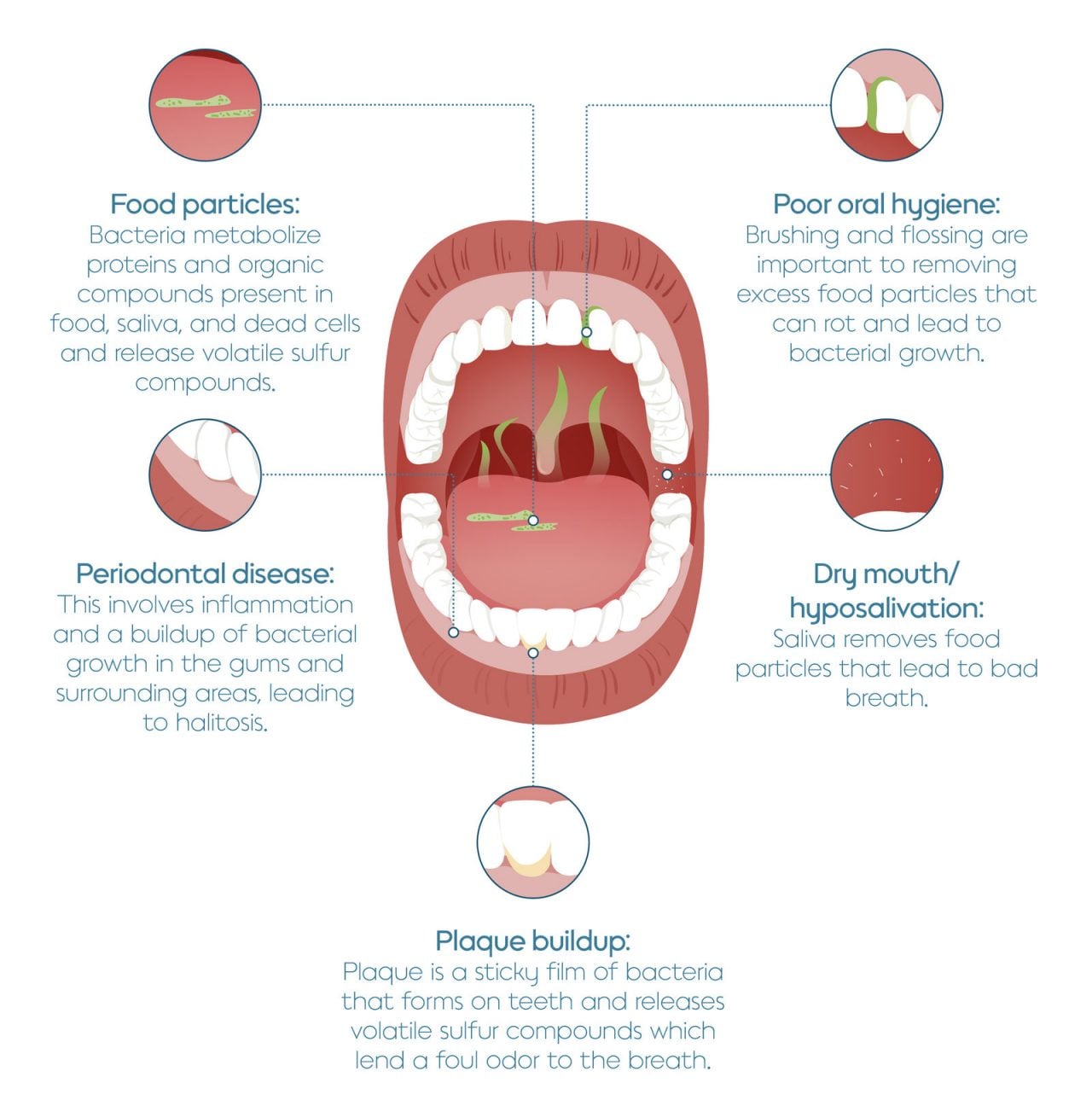
Intraoral halitosis accounts for around 90 to 95% of halitosis cases (the remaining cases result mostly from conditions such as diabetes and liver disease, where the unpleasant odor comes from regions around the nose, throat, or lungs instead of the mouth). It is prevalently caused by a buildup of certain bacteria. Poor oral hygiene, dental caries, gingivitis, and periodontitis can all lead to this bacteria buildup.
The bacteria metabolize proteins and organic compounds present in food, saliva, and dead cells, and release volatile sulfur compounds (VSCs) such as hydrogen sulfide, methyl mercaptan, and dimethyl sulfide as byproducts. These compounds can lend a foul odor to the breath. Hydrogen sulfide, for example, produces a ‘rotten egg’ smell.
Factors that alter the composition and activity of the oral microbiome contribute to halitosis by promoting excessive bacteria growth and overproduction of VSCs. For example, periodontal disease, which involves inflammation and a buildup of bacterial growth in the gums and surrounding areas, is a leading cause of halitosis.
In general, the researchers found that any factors which lead to imbalance in the oral microbiome can increase the risk and severity of halitosis and associated conditions. This is why it is important to maintain a balanced oral microbiome through proper oral hygiene practices, adequate hydration, a healthy diet, and regular professional dental care.
How does tobacco smoke affect halitosis?
In their meta-analysis summarizing the effects of smoking on the development of halitosis, our researchers found a consistently strong association between smoking and an increased risk of halitosis.
Cigarette smoke contains many substances which can cause lowered oxygen levels and antibiotic effects. This, in turn, can lead to dry mouth, gum disease, and tooth decay—all of which contribute to the bacterial growth that causes bad breath. Chemical compounds in cigarette smoke can also contribute to an odor popularly referred to as “smokers' breath”.
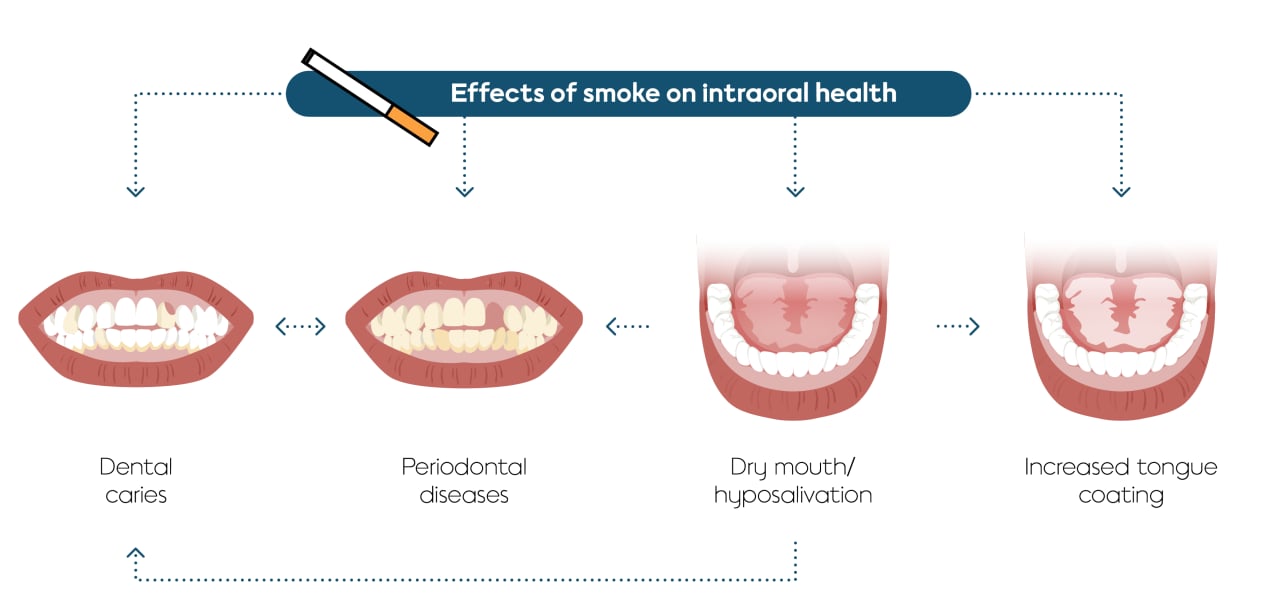
Effects of cigarette smoking on intraoral halitosis. Cigarette smoke can contribute to halitosis by causing hyposalivation, periodontal diseases, and the formation of dental caries. These can decrease the commensal population in the oral cavity, facilitating the acquisition and colonization of periodontal pathogens. This leads to oral dysbiosis, which can, in turn, lead to intraoral halitosis.
The researchers concluded that smoking could cause a significant imbalance in the oral microbiome, leading to halitosis. They also noted that some components of tobacco combustion are absorbed into the blood stream, via the oral mucosa or the mucosa of the lung alveoli, and these components could then be exhaled, leading to a strong odor.
How can smoke-free products reduce halitosis for smokers who switch?
Because conditions associated with intraoral halitosis can be created by the substances in cigarette smoke, switching to smoke-free products that do not combust tobacco, such as e-cigarettes or HTPs as well as nicotine pouches, may help reduce halitosis in adults who use tobacco.
To date there have been no systematic studies conducted on the effects of these products on breath odor or on the correlation of stopping smoking and switching to smoke-free products with halitosis improvement. To address this gap, our researchers have proposed a framework that takes a three-layer approach to analyzing interactions between oral bacteria and cigarette smoke, and assessing the role that cigarettes and smoke-free products play in halitosis.
The proposed framework:
First layer: This would focus on in vitro testing of the effects of cigarettes, e-cigarettes, and HTPs on bacterial growth. This would act as a “prescreening” of the effects of different products on those bacterial species which are known to affect halitosis.
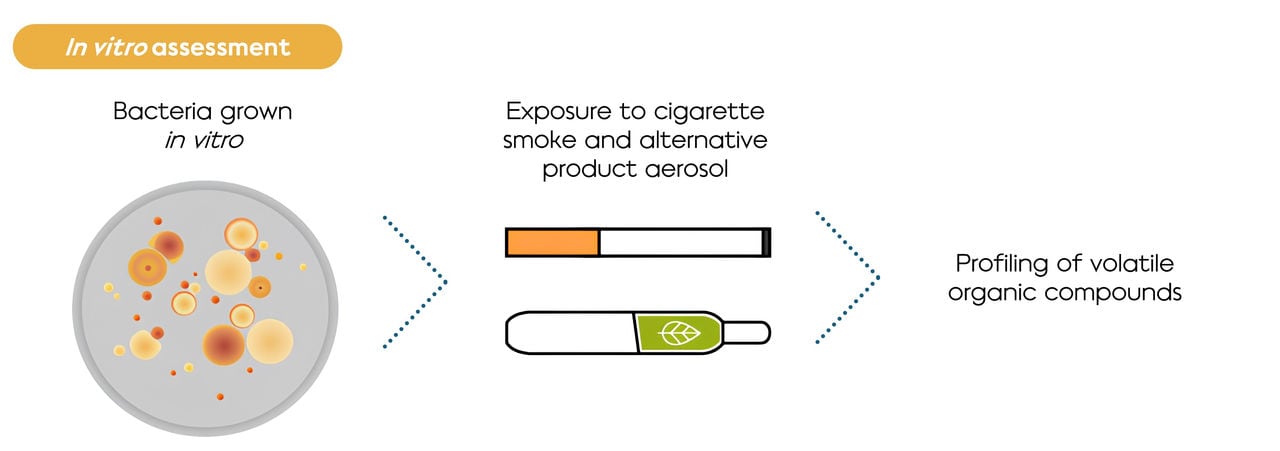
Second layer: Results from the in vitro experiments would be validated with exhaled breath analysis. The breath of cigarette smokers and users who have switched to alternative nicotine delivery products such as e-cigarettes and HTPs would be analyzed to identify potential biomarkers of halitosis and obtain quantitative measurement of halitosis-related compounds.
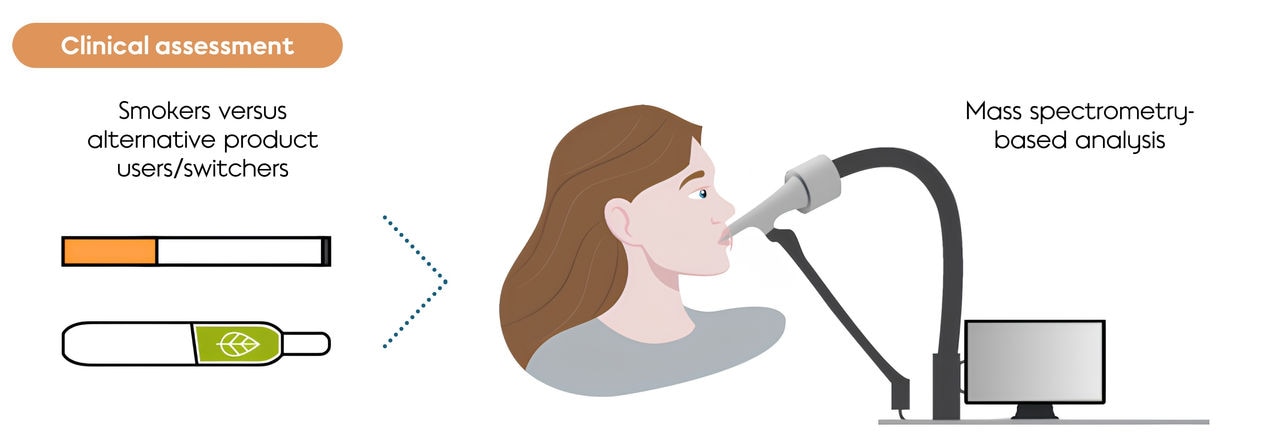
Third layer: Bacterial samples taken from oral surfaces are tested to define bacterial interactions and establish metabolic and molecular pathways associated with the effect of different products on halitosis. A multiomics approach would be used, combining data from sources such as genomics, metabolomics, and proteomics to provide a comprehensive understanding of the interactions within the oral microbiome.
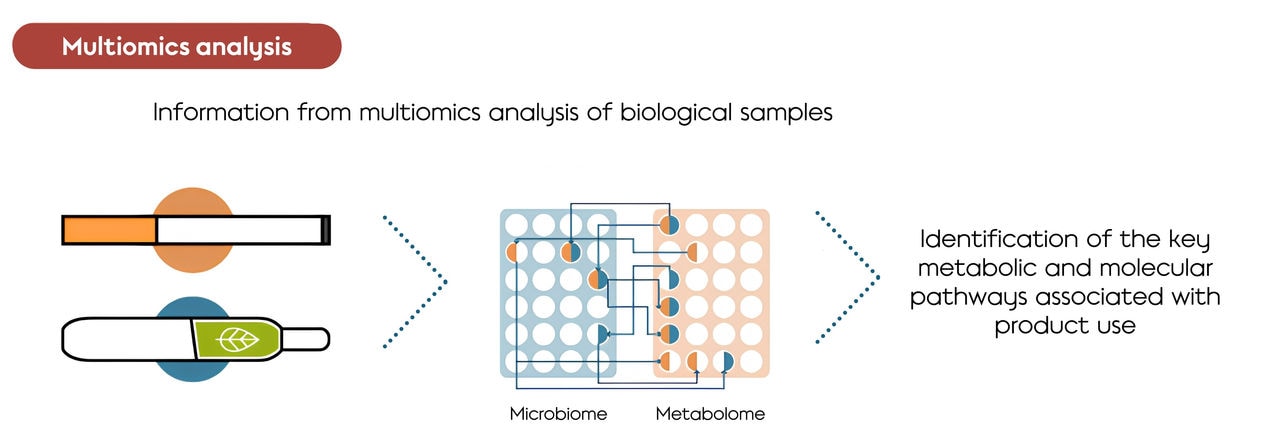
Developing effective strategies for better oral health
Cigarette smoking may contribute to halitosis through its effects on the composition of the oral microbiome. Alternative nicotine delivery products such as e-cigarettes and HTPs produce fewer harmful chemicals compared with traditional cigarettes, and so could be expected to have fewer negative effects on oral health. However, compounds emitted by these products can still influence oral health and the oral microbiome, and so are a potential source of halitosis.
The proposed framework can guide further research in this area.
